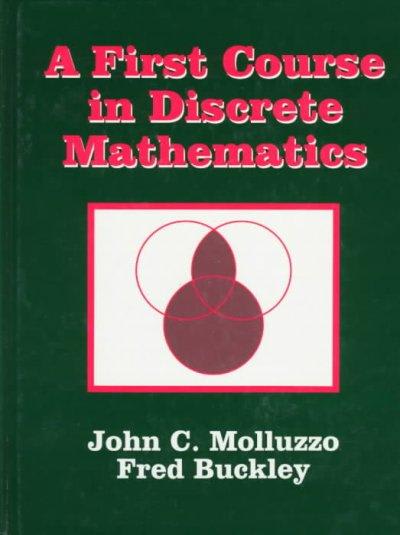
Digital Spinner link: https://www.visnos.com/demos/random-spinners Mathwire link: http://www.mathwire.com/data/dicetoss1.html
Part 1 Directions: Using a spinner, conduct an experiment to compare experimental probability with theoretical probability, a Using a spinner you construct or a digital spinner, complete the following steps; write the probabilities as a fraction and a percentage. / 1. What is the theoretical probability of spinning yellow? 2. What is the theoretical probability of spinning red or yellow? 3. Spin the spinner 20 times, create a table to display the results. What is the experimental probability of spinning yellow? 4. Perform another 20 spins, and record them. What is the new experimental probability of spinning yellow? 5. What is the experimental probability of spinning red or yellow? Part 2 Directions: Play a simple game of chance using a real die. Go to Mathwirecom and choose one ofthe seven dice games to play. Play the game three times, keep a record sheet of the rolls and successes, and then answer the following questions. Example datasheet: Roll Player 1 Player 2 1 6* 1* 2 1* 1 12 6 2* *success 1. Using the data collected, determine the experimental probability of each outcome ofthe die over the course of the three games, and write as a fraction, decimal, and a percentage. I 2. Do you think dice games are fair? 3. What conclusions do you draw now that you have collected data on a dice game? Data Tables (Part 1) Theoretical Probabilities Data Tables (Part 2) Experimental probabilities Explanation Exemplary: Includes 40 total spins, talleys each one, neatly organized. 4 points Correctly calculates the theoretical probabilities. 4 points Exemplary: Includes 3 sets of game play, talley's each one, neatly organize. 4 points Correctly calculates the experimental probabilities for part1 and 2. Writes using Fraction and decimal where noted. 4 points Shows an excellent attempt, creative, and uses correct vocabulary. 4 points Satisfactory: Makes an effort at Includes more than including data. half ofthe spins and 2.5 points records most of the data. 3 points Makes an effort at calculating the Calculates part of the theoretical probability theoretical correctly. probabilities. 3 points 2.5 points Satisfactory: Makes an effort at Includes more than including and half of the organizing data. necessary data and 2.5 points records fairly accurately. 3 points Makes an effort at calculating the experimental probabilities. 2.5 points Calculates the experimental probabilities for part 1 and 2 with minor mistake. 3 points Good attempt at the explanations, missing details and vocabulary. Minimal attempt, little vocabulary or math symbols. 2.5 points 3 points









